Cataclysm From Above: The Asteroid That Ended The Dinosaur Era

Introduction
The extinction of dinosaurs is one of the most enigmatic events in the history of our planet. For more than 150 million years, these gigantic creatures roamed the Earth, but about 66 million years ago, something catastrophic happened, and almost all dinosaurs disappeared. Today, scientists agree that an asteroid impact was the culprit behind this mass extinction event. In this article, we will explore the details of this cataclysmic event, its effects on life on Earth, and the importance of studying it to understand our planet's history and evolution.
The Dinosaur Extinction Event
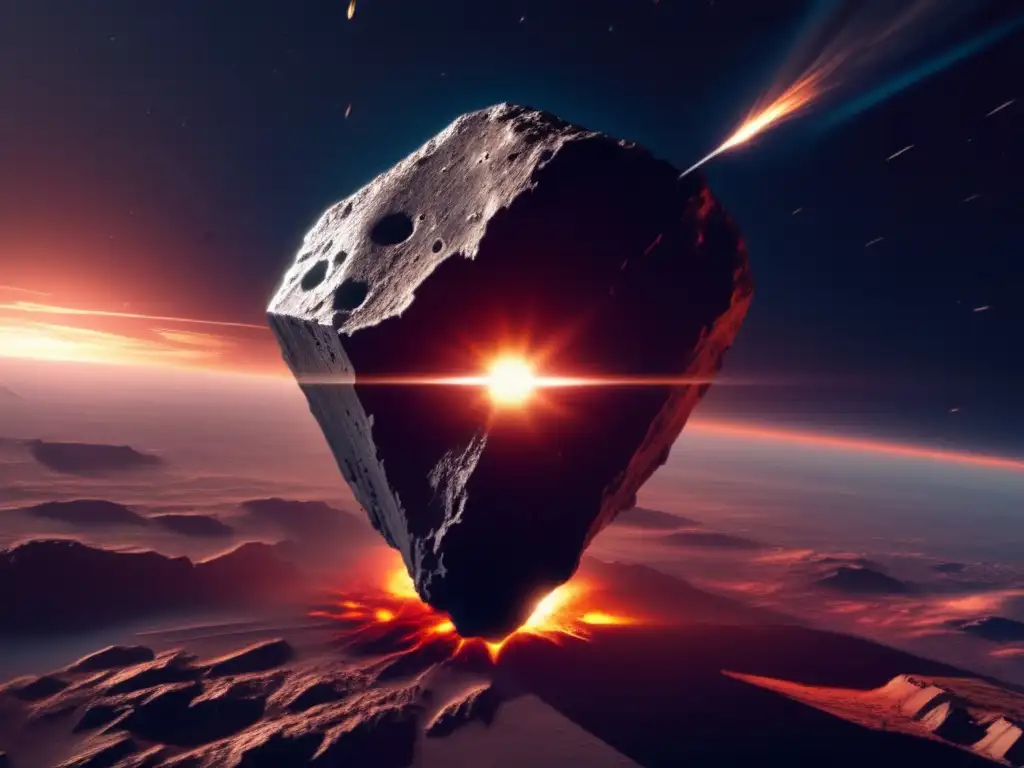
Asteroid Hypothesis
For decades, scientists have been trying to understand what caused the dinosaur extinction event. Different hypotheses have been proposed, such as volcanic activity, climate changes, or disease outbreaks. However, in the early 1980s, a team of scientists led by Luis and Walter Alvarez discovered a layer of clay in the sedimentary rocks deposited at the boundary between the Cretaceous and Paleogene periods. Within this layer, they found unusually high levels of iridium, a rare element in the Earth's crust but common in asteroids and comets. This finding led them to propose the asteroid impact hypothesis, which became widely accepted after the discovery of the Chicxulub crater in Mexico in the early 1990s.
The Chicxulub Impact
The Chicxulub impact happened about 66 million years ago when a massive asteroid, estimated to be around 10 km in diameter, hit the Earth near what is now the Yucatan Peninsula in Mexico. The impact generated a massive explosion, equivalent to several billion Hiroshima bombs, that sent shockwaves and debris throughout the planet. The asteroid impact caused massive earthquakes, volcanic eruptions, and tsunamis, and set the atmosphere on fire, causing global wildfires.
Effects on Life
The Chicxulub impact had devastating effects on life on Earth. The immediate effects of the impact caused the death of 75% of all species, including almost all dinosaurs. The impact caused a global winter that lasted for months, as the amount of dust and debris in the atmosphere blocked the sun's rays, reducing photosynthesis and causing temperatures to drop drastically. The surviving species faced challenging conditions, and many struggled to adapt to the new climate. The extinction event marked the end of the Mesozoic Era and the beginning of the Cenozoic Era, which saw the rise of mammals and the eventual emergence of humans.
Asteroid Impacts and Planetary Defense
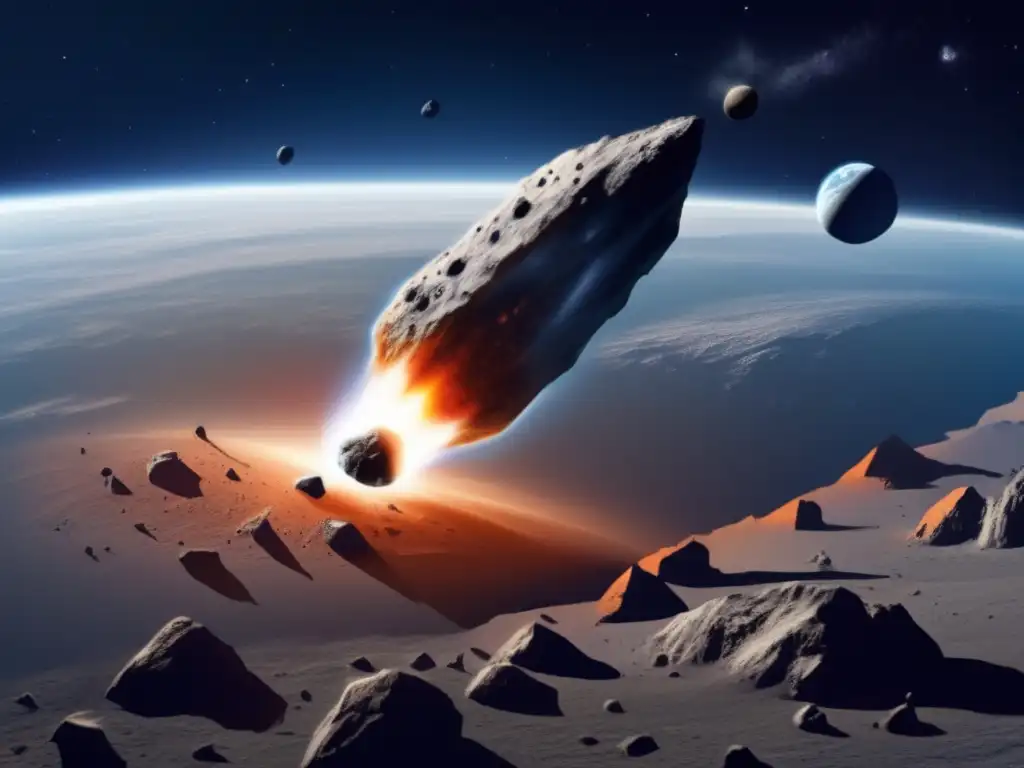
Risk Assessment
The Chicxulub impact reminds us of the potential danger posed by asteroids and comets to our planet. While large impacts are rare, they are highly destructive and can cause massive damage to our civilization. Scientists estimate that there are millions of asteroids and comets in our solar system, and some of them have trajectories that could intersect with Earth's orbit. It is essential to assess the risks associated with these objects and develop strategies to mitigate the impact if necessary.
Planetary Defense Strategies
Scientists and space agencies around the world are developing various strategies to defend our planet against asteroid impacts. Some of these strategies involve detecting and monitoring potentially hazardous asteroids and comets, developing technologies to deflect them, or designing evacuation plans for areas at risk. The most promising defense strategy involves the use of kinetic impactors, spacecraft designed to collide with an asteroid and change its trajectory before it reaches Earth.
Importance of Planetary Defense
The study of asteroids and comets is not only important for understanding our planet's history and evolution but also for securing our future. The development of efficient planetary defense strategies could save millions of lives and prevent massive damage to our civilization. Moreover, space exploration and asteroid mining could provide new resources and opportunities for human advancement, making the study of asteroids and comets a key element in humanity's quest to explore and colonize space.
Frequently Asked Questions
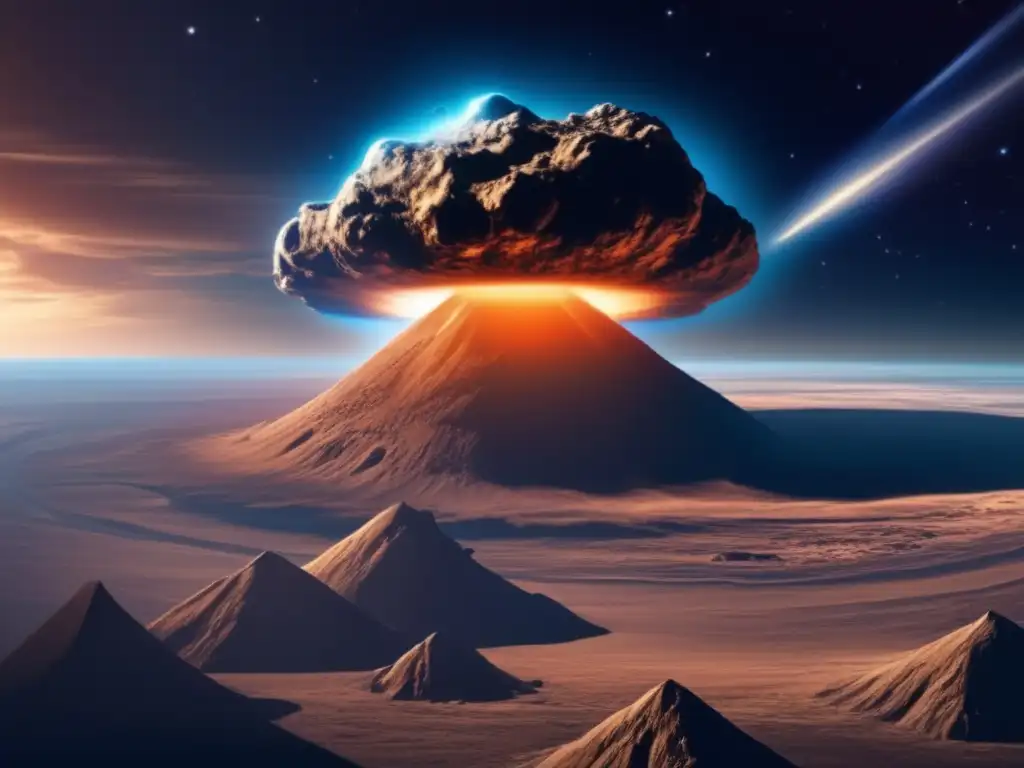
-
What caused the dinosaur extinction?
The dinosaur extinction was caused by an asteroid impact that happened about 66 million years ago near what is now the Yucatan Peninsula in Mexico.
-
How did the asteroid impact affect life on Earth?
The asteroid impact caused massive destruction and led to the extinction of 75% of all species, including almost all dinosaurs. It also caused a global winter that lasted for months and disrupted the Earth's ecosystems.
-
Can an asteroid impact be prevented?
While we cannot prevent an asteroid impact, we can defend against it. Scientists are developing various strategies to detect, monitor, and deflect potentially hazardous asteroids and comets before they reach Earth.
-
Why is it essential to study asteroids and comets?
The study of asteroids and comets is crucial for understanding our planet's history and evolution and developing planetary defense strategies. It also holds promising opportunities for space exploration and resource extraction.
-
Can asteroids and comets provide resources for human use?
Yes, asteroids and comets have abundant resources that could be used for human advancement, such as water, minerals, and metals. The study of these objects could open up new possibilities for space exploration and resource extraction.
Conclusion
The Chicxulub impact marked a significant event in our planet's history, leading to the extinction of most dinosaurs and the emergence of mammals. Understanding this cataclysmic event is essential for studying the evolution of life on Earth and developing strategies to defend our planet against future asteroid impacts. While asteroid impacts are rare, they are highly destructive, and scientists and space agencies around the world are working tirelessly to assess the risks and develop efficient defense strategies. By studying asteroids and comets, we can unlock new opportunities for space exploration and resource extraction, making it a key field for humanity's advancement and progress.
We hope you found this article informative and engaging. If you have any questions or comments, feel free to share them in the comments section below. Don't forget to subscribe to www.asteroidrealm.com for more exciting content, and share this article with your friends and family on social media.
Additional Resources
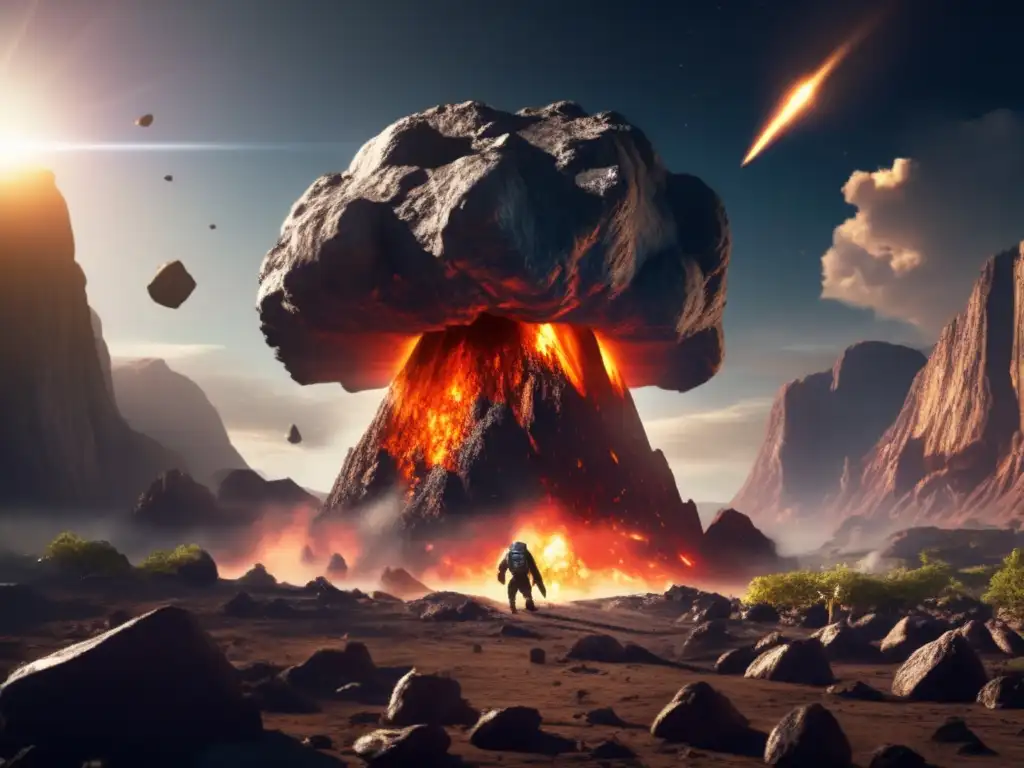
If you want to learn more about asteroids and comets, we recommend the following resources:
 The Space Rock That Changed History: Asteroids And Dinosaurs
The Space Rock That Changed History: Asteroids And Dinosaurs When Giants Fell: The Asteroid Theory Of Dinosaur Extinction
When Giants Fell: The Asteroid Theory Of Dinosaur Extinction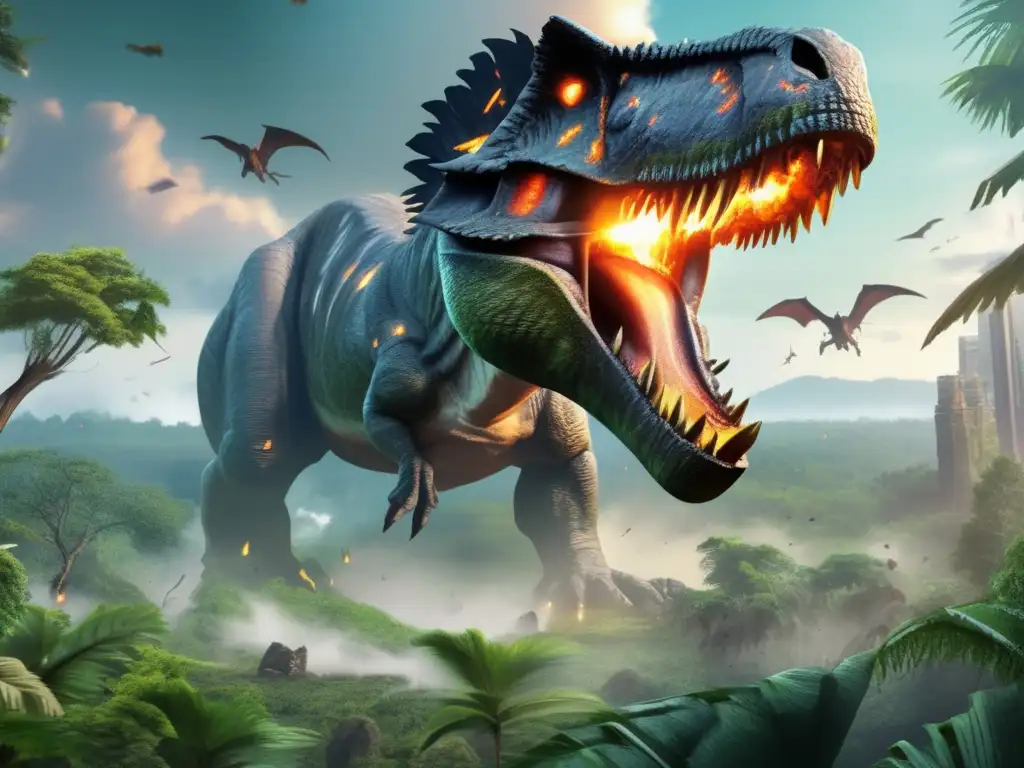 Asteroids Vs Dinosaurs: A Collision Course To Extinction
Asteroids Vs Dinosaurs: A Collision Course To ExtinctionIf you want to discover more articles similar to Cataclysm From Above: The Asteroid That Ended The Dinosaur Era, you can visit the Asteroids and Dinosaurs category.
Leave a Reply

Articulos relacionados: